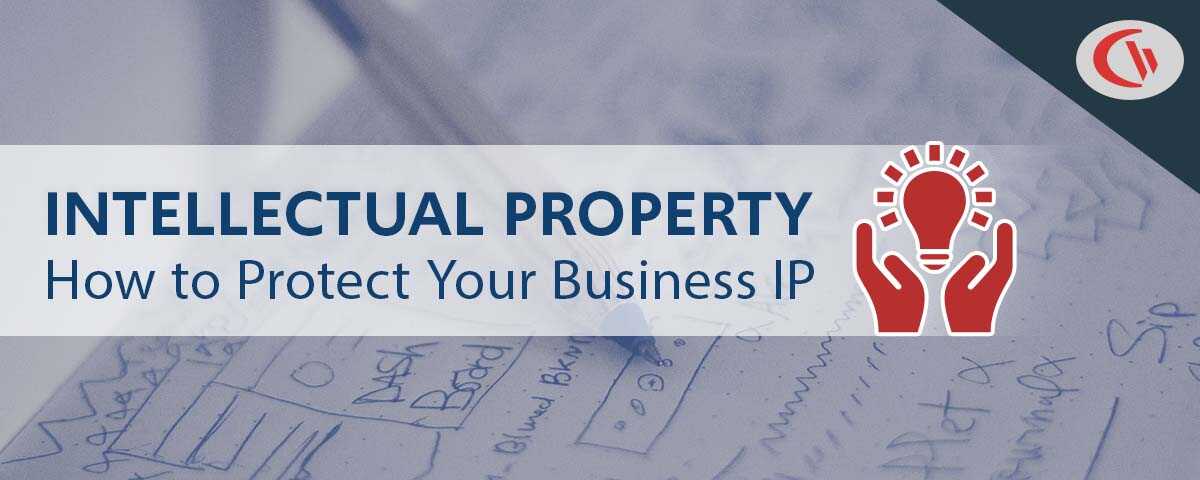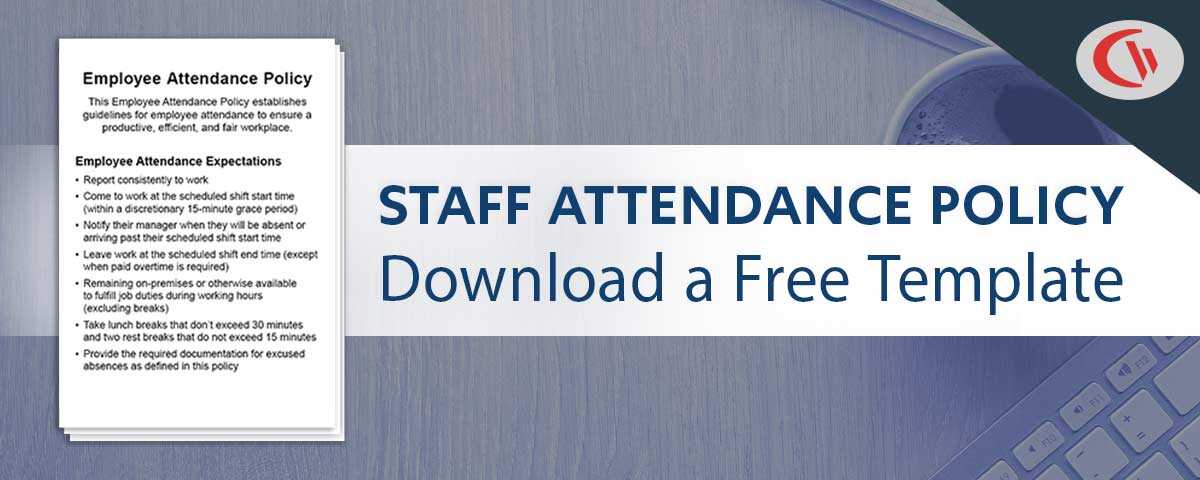How to Protect Intellectual Property: 6+ Tips for Businesses

Data theft is a very real problem that costs businesses an average of $4.24 million annually. But it’s not just customer data that’s vulnerable, your business’s intellectual property (IP) has a hefty price tag attached to it, too.
In this article, you’ll learn the definition of intellectual property, its value in business, and ways to keep it protected.
📢 2024 Update 📢
Protecting IP in the Aftermath of the FTC’s Non-Compete Ban
The Federal Trade Commission (FTC) enacted a rule in May 2024 that effectively bans non-compete agreements for most workers in the United States. This means employers can no longer restrict employees from taking jobs with competitors after they leave the company, with some exceptions.
Here’s a breakdown of the key points:
- Broad Ban: The FTC considers non-competes unfair methods of competition, restricting employees’ ability to find new opportunities.
- Who’s Covered: The ban applies to almost all workers, including full-time employees, part-time workers, independent contractors, and interns.
- Exceptions: There’s a limited exception for senior executives, but employers cannot enforce new non-competes even for them.
- Existing Agreements: After the rule’s effective date, most workers’ existing non-compete agreements are no longer enforceable. However, agreements for senior executives may still be valid.
- Employer Requirements: Employers must notify workers (except senior executives) that existing non-competes will not be enforced.
While the FTC’s ruling promotes competition by banning noncompetes nationwide, organizations still need to ensure that their insider threat management strategy is sufficiently mature to handle the data security risks of offboarding.
The Definition Of Intellectual Property
When we think about the assets owned by a business, we usually think of them in terms of tangible things, such as computers, printers, desks, chairs, and other office equipment. However, intellectual property refers to the ownership of concepts and ideas.
Nashville Business Journal defines intellectual property as “intangible creations of the mind,” such as commercial names and images, designs, and artistic and literary works.
All companies own intellectual property in one form or another, whether it’s something as simple as a logo or something more complex, such as trade secrets.
Types of Intellectual Property Include:
- The original Coca-Cola recipe
- Design files for manufacturing companies
- Literary and artistic works
- Sound recordings
- Computer algorithms
- A chemical formula
Why Intellectual Property is Important to Your Business
Even though intellectual property is intangible, it can be much more valuable than the physical assets your business owns.
The real value of intellectual property is the strategic advantage it offers over competitors excluded from using it, and the way in which they help build equity. Thanks to your business’ IP, your products might offer aesthetics that are desirable, greater efficiency, or distinctive functionality.
Like tangible assets, intellectual property can be bought, sold, stolen, and held for ransom. Given this, it’s imperative that you protect your intellectual property from both copyright infringement and cyber threats.
Case Study
Viking Yachts Stops an Employee From Stealing Their Intellectual Property
As Viking Yachts grew, their network administrator Vincent Pecoreno was responsible for supporting over 530 users and 1500 devices across multiple geographic locations, making visibility a challenge without the right tools in place.
Once equipped with CurrentWare’s user activity monitoring and data loss prevention solutions, Viking Yachts had the insights they needed to protect their sensitive data.
Read their case study to learn more about how Vincent used CurrentWare to detect a data theft attempt from a soon-to-be-ex-employee.
6 Tips for How To Protect Intellectual Property
Recognizing the value of their intellectual property, some companies go to great lengths to protect it. Coca-Cola’s original recipe is said to be locked in a purpose-built vault with a steel door, a numerical code pad, and a palm scanner. Only two senior executives who have signed non-disclosure agreements know the formula.
While this extreme degree of data protection isn’t realistic for most forms of sensitive data, it does help highlight the value that companies place on protecting their intellectual property.
In this section I will overway key ways to protect intellectual property, ranging from legal protection measures such as strong non-disclosure agreements to cybersecurity computer programs.
Disclaimer: The information provided in this article is for informational purposes only and does not constitute legal advice. You must consult with your legal counsel to ensure that legal IP protection measures such as trademark registration are carried out according to the needs of your jurisdiction.
1) Invest In Digital Intellectual Property Protection Measures
When it comes to protecting intellectual property you cannot simply rely on copyright protection; you need digital protection measures to prevent the data from ever falling into the wrong hands in the first place.
Threat actors know that intellectual property is incredibly valuable to competing companies; as such they are strongly incentivized to use various forms of cyber attacks to gain unauthorized access to your data.
Threat actors do not necessarily have to be external threats, either. You need to keep your data protected from trusted insiders, too. Without critical security controls in place all it takes to have your intellectual property stolen is an employee with an easily concealed USB flash drive.
The core objective of information security is to ensure the confidentiality, integrity, and availability (CIA) of business data. It is created to guarantee that only authorized users, apps, or systems can access certain information.
Examples Of Security Measures Include:
- USB Control Software: Monitoring and restricting portable storage devices is essential for preventing data theft. Use AccessPatrol’s USB control features
- Web Filtering Software: The internet is full of websites that pose a risk to intellectual property including cloud storage sites and malicious websites. By blocking high-risk websites you can prevent access to these data egress points.
- Authentication Security: Use measures such as unique passphrases, adaptive authentication, and two factor authentication to protect IP from unauthorized access.
- Principle of Least Privilege: Only provide access to important databases with confidential information to those that truly need direct access to that data. Store intellectual property in secure locations that can only be accessed by authorized users.
- End-User Training: Any user that interacts with your network needs a level of security training that is appropriate to their level of risk. This training must be conducted regularly to ensure that they are aware of their risks and responsibilities.
- Risk Analysis: Your cyber security is heavily dependent on the weakest link in your protection measures. After all, a threat actor only needs one entry point to your IP to get what they need. Perform regular risk analyses to identify new threats and vulnerabilities so they can be addressed in accordance with your own cost benefit analysis.
- Digital Rights Management (DRM): Software companies often implement modern techniques such as DRM to prevent unauthorized file sharing or reverse-engineering.
For optimal protection of intellectual property and other forms of sensitive data you must combine multiple security measures. After all, if your only method of security is a username and password you will be far more vulnerable to compromised credentials than if you had followed a defense in depth security strategy.
These recommendations do not just apply to larger companies, either. Businesses of all sizes need to ensure that their sensitive data is protected with an appropriate mix of technical, administrative, and physical security controls.
Learn More: Cybersecurity Tips for Businesses
FREE GUIDE & CHECKLIST
How to Keep Data Safe When Offboarding Employees
The employee offboarding process presents significant data security risks. Employees have intimate access to corporate data, insider knowledge of the organization’s systems, and a level of trust that can allow them to steal data undetected.
Click the button below to learn the best practices for managing insider threat risks during offboarding & gain access to a checklist of key cybersecurity items you must include in your offboarding process.
2) Establish Intellectual Property Rights With Copyrights, Patents, and Trademarks
Once you have security measures in place to protect your intellectual property, you need to approach the legal side of protecting your company’s IP.
Copyright protects intangible as well as tangible literary and artistic works. While you don’t need to register something to own the copyright, registering a copyright makes it easier to validate ownership in legal disputes. Most copyrights expire 70 years after the creator’s death.
Patents offer legal protection for your invention of unique chemical compositions, machines, equipment, or products. Others cannot make or distribute your product if you haven’t licensed them to do so. Most intellectual property patents are valid for 15 to 20 years after the filing date.
However, you will want to seek the help of an IP expert or lawyer when securing a patent for your idea to ensure you do things right from the beginning to the end.
Note: If you have a registered IP right in the United States, these protections are territorial and do not extend to foreign countries
Trademarks protect your business’ catchphrases, designs, logos, and symbols from getting used by competitors or commercial saboteurs who might try to use those symbols for their own gain. Trademarks do not expire.
As the registration process for these IP protections can take a significant amount of time before the protections are in place, it’s critical that you keep business ideas and trade secrets a secret until you have adequately secured your intellectual property.
This is especially true if you have not filed for the suitable intellectual property protection method as others may file for a patent before you and gain ownership rights over it.
3) Register Business, Product and/or Domain Names
First, choose a name for your business. Then, register it along with your domain and product names to further protect your intellectual property. Even if you’re in the planning stages of starting a business, all those elements are part of your brand so they must be established to further help ensure you retain exclusive rights to the namesake.
In the context of brand building, your website’s domain name is the digital real estate that your brand is built upon. Securing an exact match domain name for your brand is essential for preventing competing businesses from owning those domain names.
4) Document Your Intellectual Property in Detail
From the perspective of the law, IP protection is largely about proving that your creative works, trade secrets, non trade secret IP, etc is truly your original idea.
Keeping detailed documentation is essential for proving that the IP you are trying to protect are truly your original ideas.
This documentation can come in the form of detailed drawings, technical information, descriptions, plans and records. Ensure that these documents are time stamped wherever possible as the first date of use is critical when it comes to establishing IP rights.
This type of proof will help you stay protected in the event that someone challenges you as the rightful owner of your trademarks and copyrights.
5) Draw Up Confidentiality, Non-Disclosure, and Licensing Contracts
When you operate a business that relies on intellectual property rights you will likely need to share this information with trusted employees.
As an added layer of security you must have your trusted insiders sign a non-disclosure agreement (NDA); this will ensure that anyone who later brings a trade secret to a future employer can have legal action taken against them.
When creating an NDA it’s important to consult with legal services professionals rather than attempting to create the contract yourself. While attorneys fees, fees for experienced lawyers, or fees for a law firm may seem expensive in the short term, they’re a worthwhile investment to properly secure your IP rights so you can maintain your competitive advantage.
6) Avoid Joint Ownership
With joint ownership every party that owns the intangible assets can copy, distribute, recreate, use, or exploit that property without the other owners’ knowledge or permission unless that ownership specifically requires all owners to participate at all times.
Joint ownership of intellectual property rights creates special challenges. Since it offers control of the copyright, patent, or trademark rights to more than one party it can make it difficult to protect intellectual property rights, hurting all parties involved.
Conclusion
Intellectual property is an essential part of many organization’s competitive advantage. To protect intellectual property you need to ensure that a suitable trademark or copyright exists, maintain detailed documentation, avoid publishing works before they have adequate legal protection, and implement data loss prevention software to prevent theft by insider threats.
Protect Your Intellectual Property With Data Loss Prevention Software
Without critical security controls in place all it takes to have your intellectual property stolen is an employee with an easily concealed USB flash drive, unsanctioned cloud storage services, or uploads to various apps or websites. Try a free trial of CurrentWare’s data loss prevention solutions to gain advanced control and visibility over the flow of data in your company.


